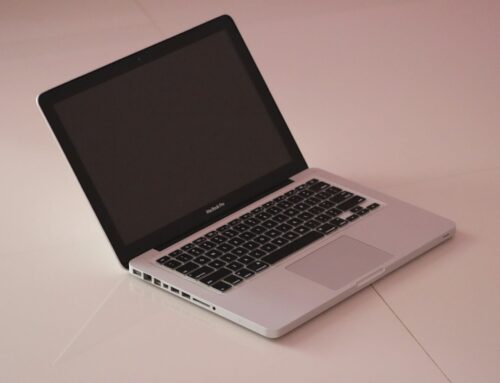As one of the most popular computing devices on the market, the iMac is loved by many for its sleek design, powerful performance, and user-friendly interface. However, like all electronics, the iMac is not immune to issues that can impact its performance and functionality.
In this article, we will take note of the five most common issues that can occur with the iMac and provide tips on how to boost its performance.
1. Slow Performance
One of the most common issues that iMac users face is slow performance. This can be caused by several factors, including a full hard drive, outdated software, or too many programs running simultaneously.
To boost your iMac’s performance, free up space on your hard drive. Delete any unnecessary files or programs, and consider investing in an external hard drive for additional storage.
Next, make sure that your software is up to date. Check for updates regularly and install them as soon as they become available.
Finally, close any programs you are not actively using, as running too many programs at once can slow down your iMac’s performance.
2. Overheating
Another common issue that can affect the iMac is overheating. This can be due to a buildup of dust or debris inside the device, a malfunctioning fan, or running too many intensive programs at once.
To prevent your iMac from overheating, make sure that it is placed in a well-ventilated area and that the fan is functioning properly. If you suspect a dust buildup inside your iMac, take it to a professional for cleaning.
3. Cracked Screen
A cracked screen is a common issue with any electronic device, including the iMac. It can be caused by dropping the device, placing heavy objects on it, or other physical damage. If your iMac’s screen is cracked, address the issue immediately to prevent further damage. Consider taking your iMac to a professional for repair. Or, if you feel confident, purchase a replacement screen and repair it yourself.
4. Wi-Fi Connectivity Issues
If you’re having trouble connecting to Wi-Fi on your iMac, you’re not alone. Wi-Fi connectivity issues are a common problem for iMac users due to a number of factors, including outdated software, a weak signal, or interference from other electronic devices.
To troubleshoot Wi-Fi connectivity issues, start by updating your software and making sure that your iMac is within range of your router. If you continue to experience problems, consider relocating your router or investing in a Wi-Fi extender to boost your signal.
5. Startup Issues
It can be frustrating and stressful if your iMac is having trouble starting up. This can be because of a dead battery, a malfunctioning power supply, or a corrupted operating system. To troubleshoot startup issues, start by checking your power supply and battery. If you suspect your operating system is corrupted, consider reinstalling it or taking your iMac to a professional for repair.
Conclusion
In addition to addressing common issues that can affect the iMac, there are several steps that you can take to boost its performance. Consider upgrading your RAM to help your iMac handle more programs and tasks simultaneously. You can also invest in an SSD (solid-state drive) to improve your iMac’s speed and performance. By taking these steps and addressing common issues, you can ensure your iMac runs smoothly and performs at its best.
If issues on your iMac persist, it is always best to take it to experts trained in troubleshooting and repairing this device. For the best Apple computer repair store in London, Ontario, visit Forest City Computer Repairs. We offer affordable, economical, and professional service. Get in touch with us today!







